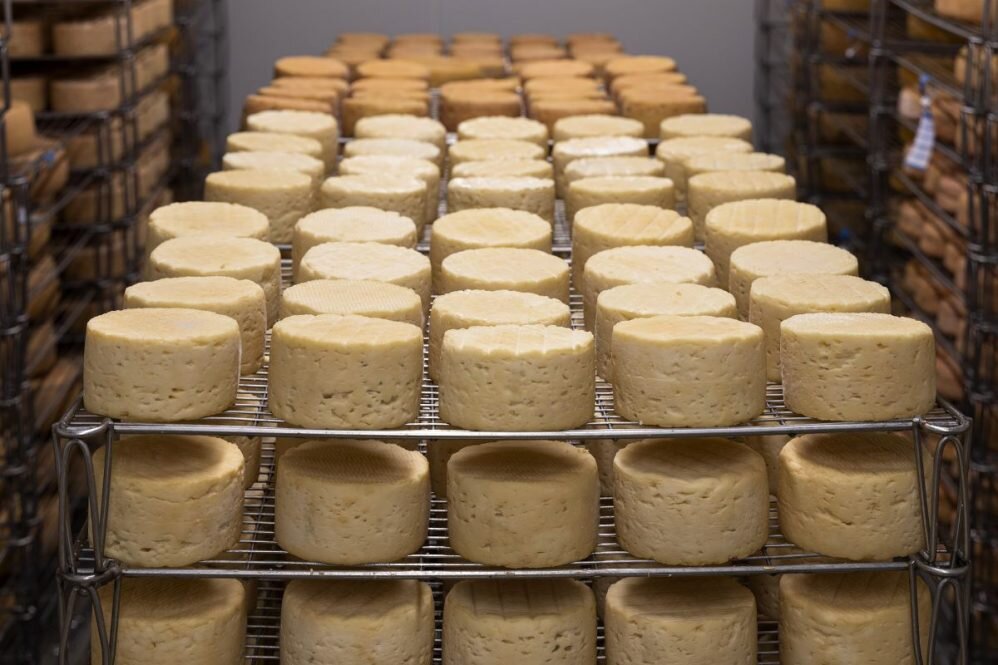Bacterial battle: How protective cultures can protect us from food-borne pathogens in cheese
Date: 27.12.2021
Cheese is a simple product. It usually only consists of milk, enzymes, salt, and bacteria that give the cheese its form and flavor. But this simplicity, free of preservatives found in other foods, leaves it vulnerable to hosting pathogens.
 In the cheese production process, cheese makers use starter bacterial cultures to turn milk into cheese. In a recent study published in LWT, D'Amico found other bacterial cultures, known as protective cultures, can fight pathogens and prevent them from causing illness by hampering their ability to infect someone at several key points.
In the cheese production process, cheese makers use starter bacterial cultures to turn milk into cheese. In a recent study published in LWT, D'Amico found other bacterial cultures, known as protective cultures, can fight pathogens and prevent them from causing illness by hampering their ability to infect someone at several key points.
In previous studies, D'Amico screened protective cultures to determine which could potentially be effective against common pathogens like Listeria, E. coli, or Salmonella. His lab also screened to tell if these protective cultures would interfere with the starter cultures.
D'Amico used one culture of Lactococcus lactis (LLN), and two different cultures of Lactiplantibacillus plantarum (LP and LPP). D'Amico found protective cultures were effective at stopping Listeria at key points in the infection process. Both of the Lactiplantibacillus plantarum cultures disrupted Listeria's ability to survive the gastrointestinal tract.
There was not a significant impact on the pathogen's ability to adhere to cells. However, LLN and LPP significantly reduced the pathogen's ability to invade colon cells and all three cultures disrupted transepithelial translocation, where the pathogen crosses the epithelial barrier by moving between the cells.























